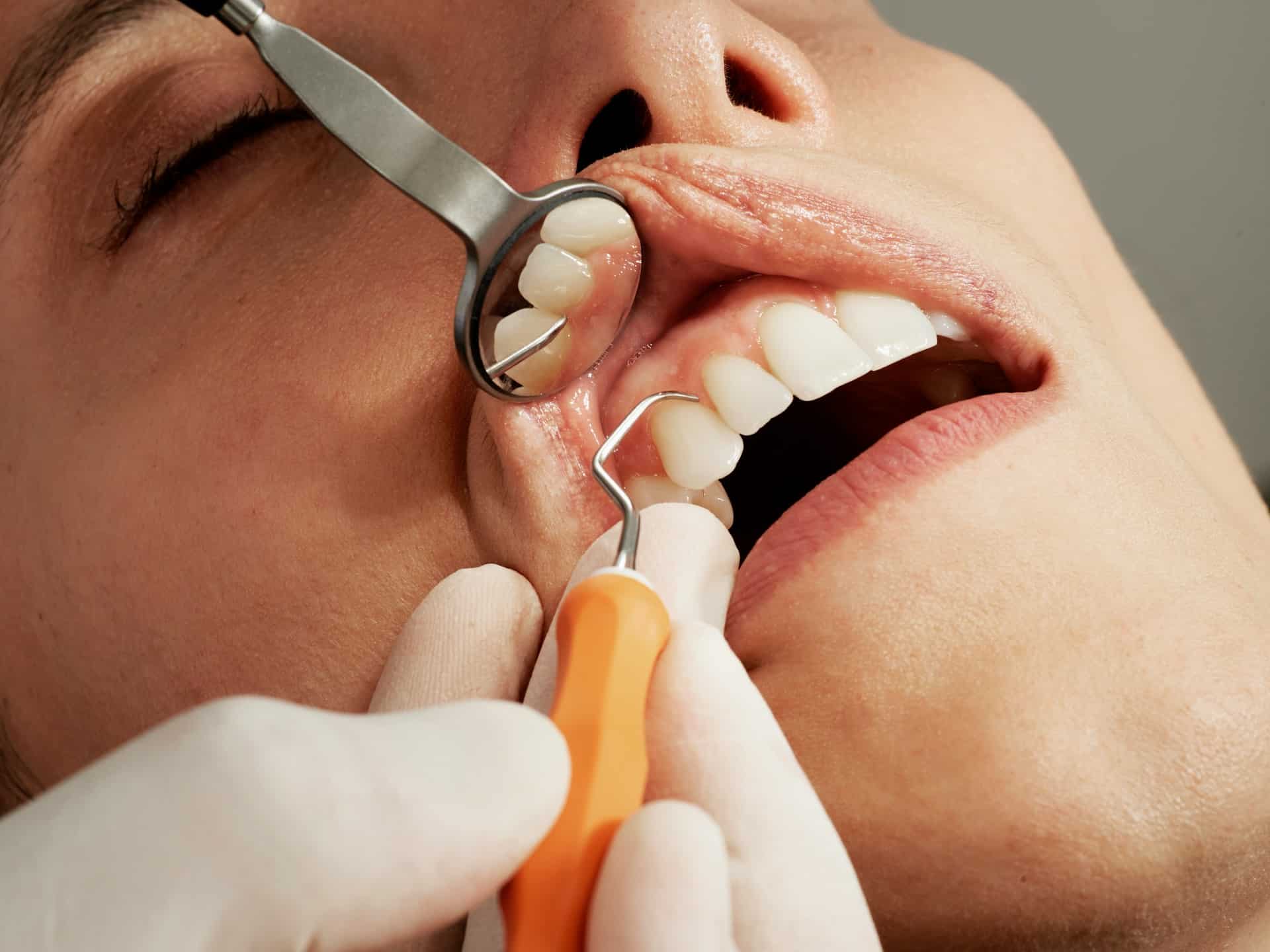What Advanced Techniques Can UK Dental Practices Use to Improve Patient Experience?

In the ever-evolving world of dentistry, the spectrum of patient care extends beyond mere oral health. Patient experience is now a cornerstone of modern dental practices. This aspect takes into account the patient's comfort, feelings, and overall satisfaction during their visit to the dental office. It essentially transforms a dental visit from a dreaded appointment to a pleasant experience. This article intends to explore advanced techniques that dental practices in the UK can harness to improve the patient experience.
1. Embracing Digital Dentistry
The digital revolution has found its way into dental practices. From booking appointments on Google to digital records and even digital impressions, dentistry has evolved significantly over the years. The shift to digital dentistry not only enhances efficiency but also significantly improves the patient experience.
Cela peut vous intéresser : What Precision Agriculture Technologies Can UK Farmers Use to Enhance Crop Yields?
Digital impressions are an excellent illustration of how digital dentistry enhances the patient experience. Traditional methods of taking impressions can be uncomfortable for the patient and may require multiple visits. However, digital impressions are faster, more accurate, and less invasive, leading to a more positive patient experience.
Moreover, digital dentistry allows for a more comprehensive review of the patient's oral health. Through advanced 3D imaging, dentists can identify potential issues and recommend proactive treatment, saving the patient from future problems and discomfort.
A découvrir également : Driving energy innovation with vallourec smart tubular solutions
2. Implementing Patient-Centred Care
Patient-centred care is an approach that empowers the patient in their health journey. It involves treating the patient as a unique individual and considering their personal preferences, values, and needs.
Incorporating patient-centred care in dental practices means involving patients in their treatment decisions. It allows them to actively participate in their care process, making it a collaborative effort. This could mean explaining the various treatment options and their implications, allowing the patient to choose a treatment that suits their budget, lifestyle, and health condition.
Moreover, patient-centred care also involves personalizing services to the patient's needs. This could include accommodating their schedule for appointments, providing flexible payment options, or even designing a comfortable treatment environment.
3. Harnessing the Power of Data
Data-driven practices can significantly improve the patient experience. By analyzing patient data, dental practices can understand their patients better and tailor their services accordingly.
There are several ways to collect and use patient data. A straightforward method is through patient feedback. Practices can conduct surveys or encourage patients to leave reviews on Google, which can then be analyzed for insights.
Another method is to use Crossref and PubMed, academic search engines for healthcare professionals. These platforms allow dentists to keep abreast with the latest research and best practices in patient care.
Data from PCC (patient care coordinator) can also be utilized. The PCC is a key figure in coordinating the patient's care and can provide valuable insights into the patient's needs and preferences.
4. Investing in Continual Professional Development
Professional development is critical in the ever-evolving realm of dentistry. By keeping up-to-date with the latest research and techniques, dental practices can provide superior care to their patients.
Continual professional development can be achieved through various channels. Webinars and online courses offer a flexible and convenient option, allowing dental professionals to learn from global experts. Scholarly articles and journals are another excellent resource, providing in-depth knowledge on specific topics.
It's also beneficial to attend conferences and seminars, which offer an opportunity to network with peers and learn from the best in the field. This not only enhances the quality of care provided but also increases patient trust and satisfaction.
5. Enhancing Patient Communication
Effective communication is key to a positive patient experience. It involves clearly explaining the patient's condition, discussing the available treatment options, and addressing any concerns or queries they may have.
Practices should strive to foster an open and respectful communication environment. This means actively listening to the patient and empathizing with their situation. Clear and jargon-free language should be used to explain complex dental procedures, making them more understandable to the patient.
Additionally, practices can leverage digital tools to enhance patient communication. This could mean using emails or messages to send appointment reminders or updates, or utilizing tele-dentistry for virtual consultations. Such practices not only improve accessibility but also allow the patient to feel more connected and engaged in their care process.
6. Making the Most of Social Media
In the digital age, social media platforms are a powerful tool for dental practices. They facilitate communication with patients, provide a platform for sharing valuable information, and can even help to alleviate dental anxiety.
Practices can use social media to share relevant oral health tips, explain dental procedures, or showcase before-and-after treatment images. This not only educates patients but also sets realistic expectations about the results they can achieve. Patients who are well-informed tend to feel more at ease about the treatment process and have higher levels of patient satisfaction.
Furthermore, practices can leverage social media to engage their audience. Interactive posts, polls, or Q&A sessions can be used to involve patients and make them feel part of the dental community. This creates a sense of familiarity and trust, which can help to alleviate dental anxiety.
Social media also provides a platform for patients to share their experiences and leave reviews. This feedback can be a valuable source of insight for practices, helping them to understand their patients' needs better and refine their services.
7. Utilizing Scholarly Resources
Google Scholar, Crossref, and PubMed are reliable sources of academic information that can assist dental practices in enhancing patient care. These platforms publish a wealth of research articles, case studies, and systematic reviews that can inform evidence-based practice.
By staying updated with the latest findings in dentistry, practices can implement advanced techniques and deliver superior care. For instance, they might discover a new method for managing dental anxiety or learn about an innovative approach to patient-centred care.
Practices can also refer to these resources for guidance on handling complex cases. For example, a systematic review might provide insights into the most effective treatment for a particular oral health condition.
Furthermore, scholarly resources can inform the development of educational materials for patients. The information can be simplified and presented in a patient-friendly manner on the practice's website, social media platforms, or brochures.
Conclusion
Enhancing the patient experience is fundamental in modern dentistry. In the face of evolving patient expectations and advancements in technology, dental practices in the UK need to stay ahead of the curve.
Adopting digital dentistry, implementing patient-centred care, harnessing the power of data, investing in continual professional development, enhancing patient communication, utilizing social media, and making the most of scholarly resources are all effective strategies.
Each of these techniques contributes to a more positive patient experience, whether it's by increasing efficiency, personalizing care, improving communication, or reassuring patients through education and engagement. By embracing these strategies, dental practices can transform a traditionally dreaded dental appointment into a pleasant and satisfying experience.
